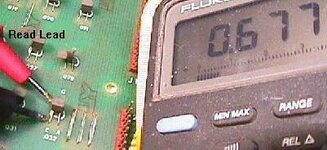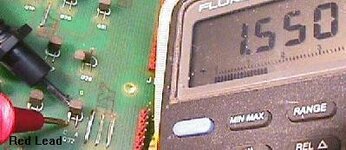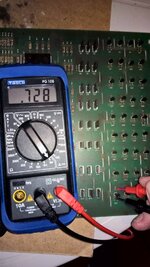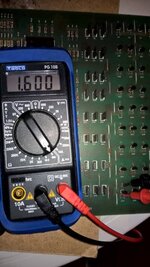I used to have an old multimeter that I bought at a boot sale years ago,that worked well when testing transistors on bally lamp and aux lamp driver boards.I lent it to my brother-in-law and he lost it,so he bought me a replacement,but it's one of those crappy yellow ones that cost about 3 quid on ebay,and this test will not work,despite being set on diode mode(I even tried it with brand new scr's still no joy.
MCR106-1 Lamp Driver SCR test:
can anyone reccommend a cheapish multimeter that will perform the above test?
MCR106-1 Lamp Driver SCR test:
- Put the black lead of your meter on the outside "cathode" leg (labeled "C") of the SCR.
- Put the red lead of your meter on the outside "gate" leg (labeled "G") of the SCR. Your meter should read .4 to .6 volts.
- Swap the meter leads. Now the meter should read 1.4 to 1.6 volts.
can anyone reccommend a cheapish multimeter that will perform the above test?





